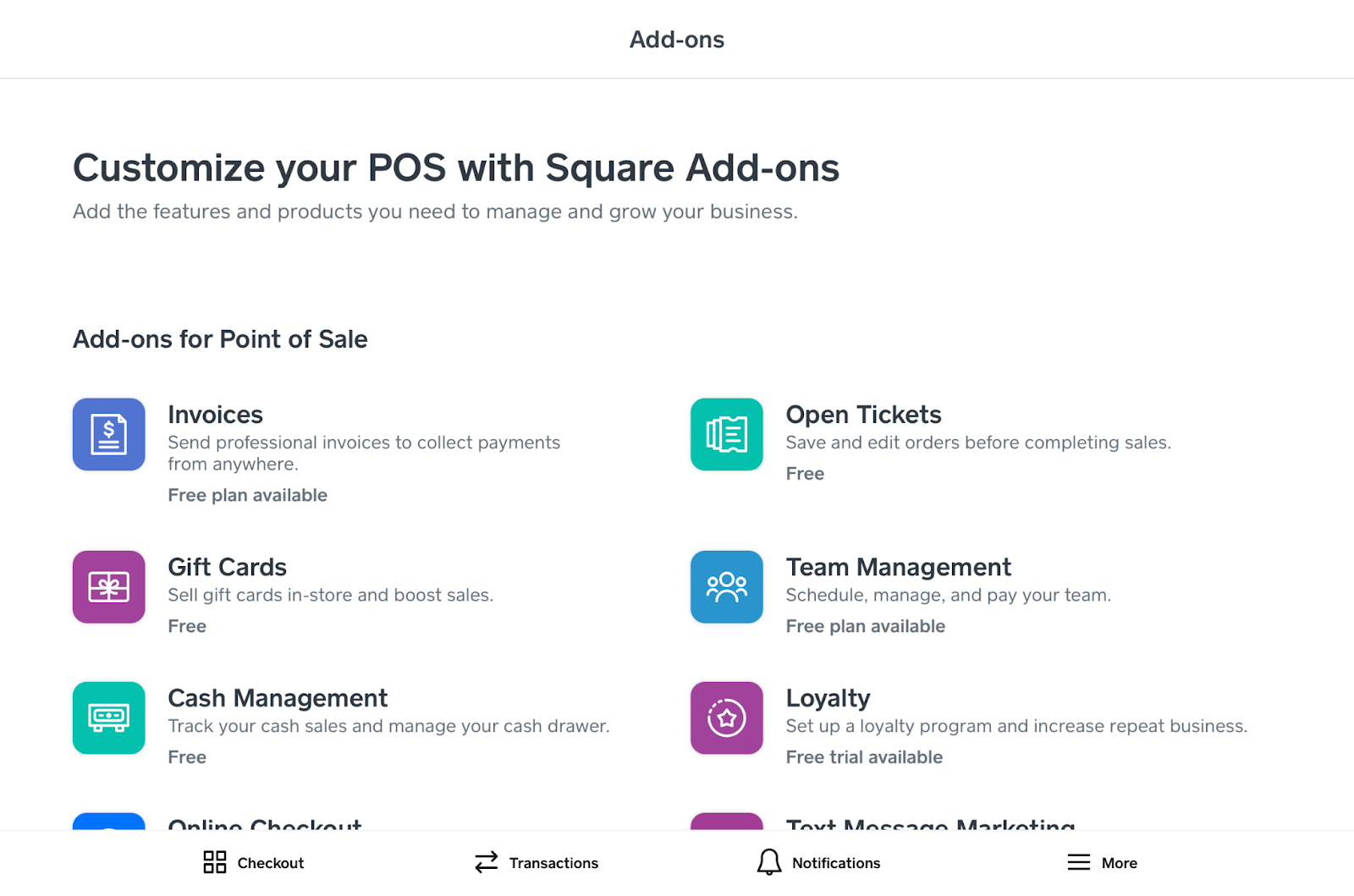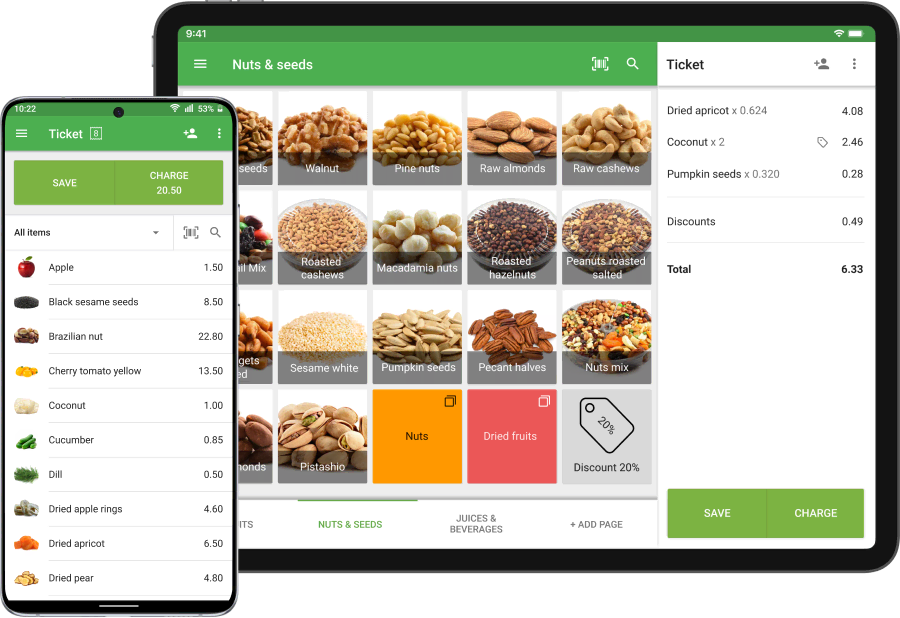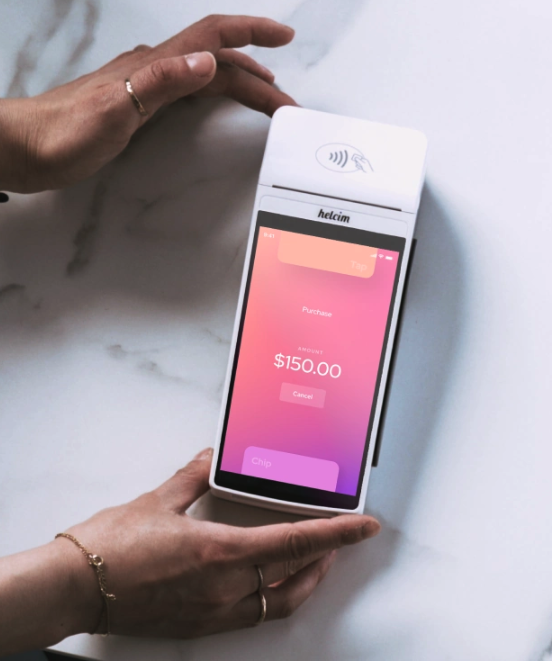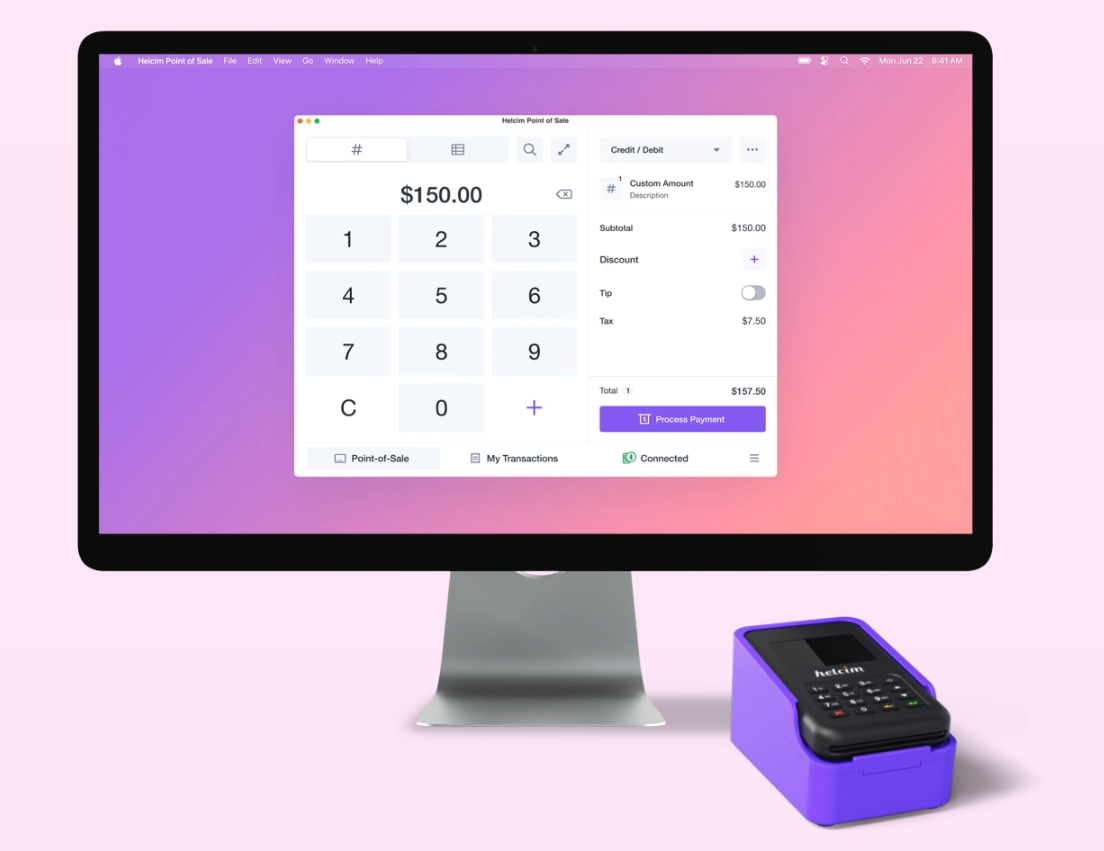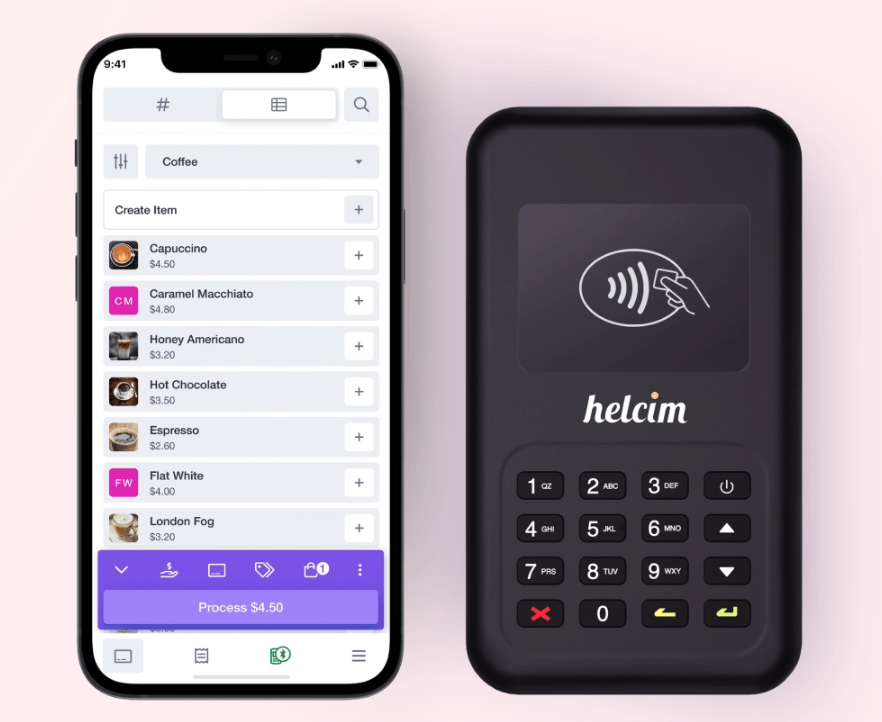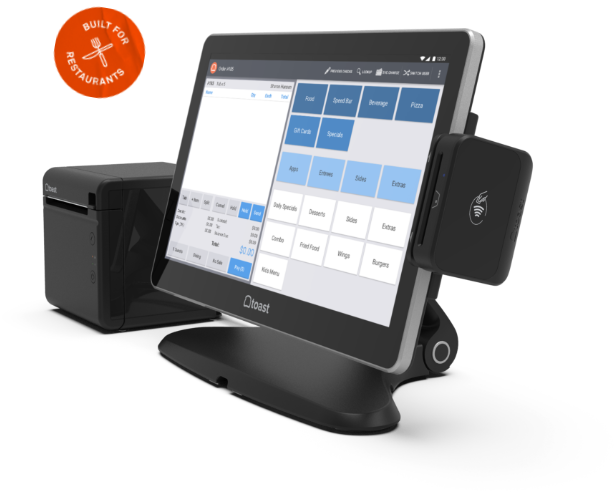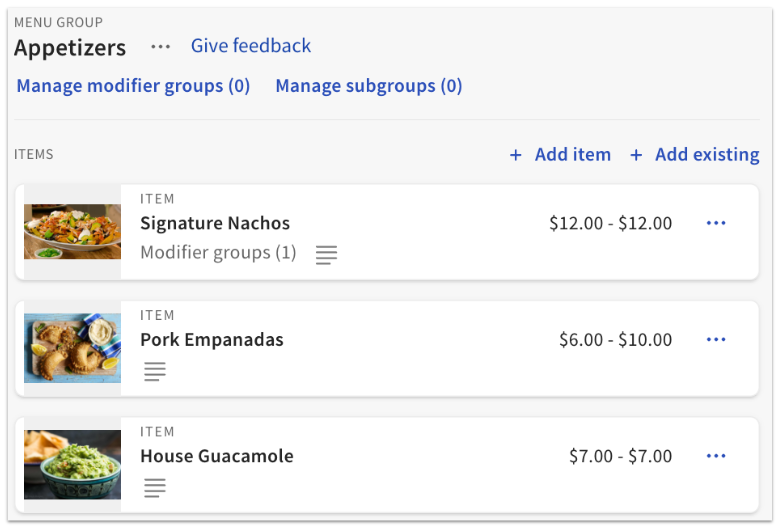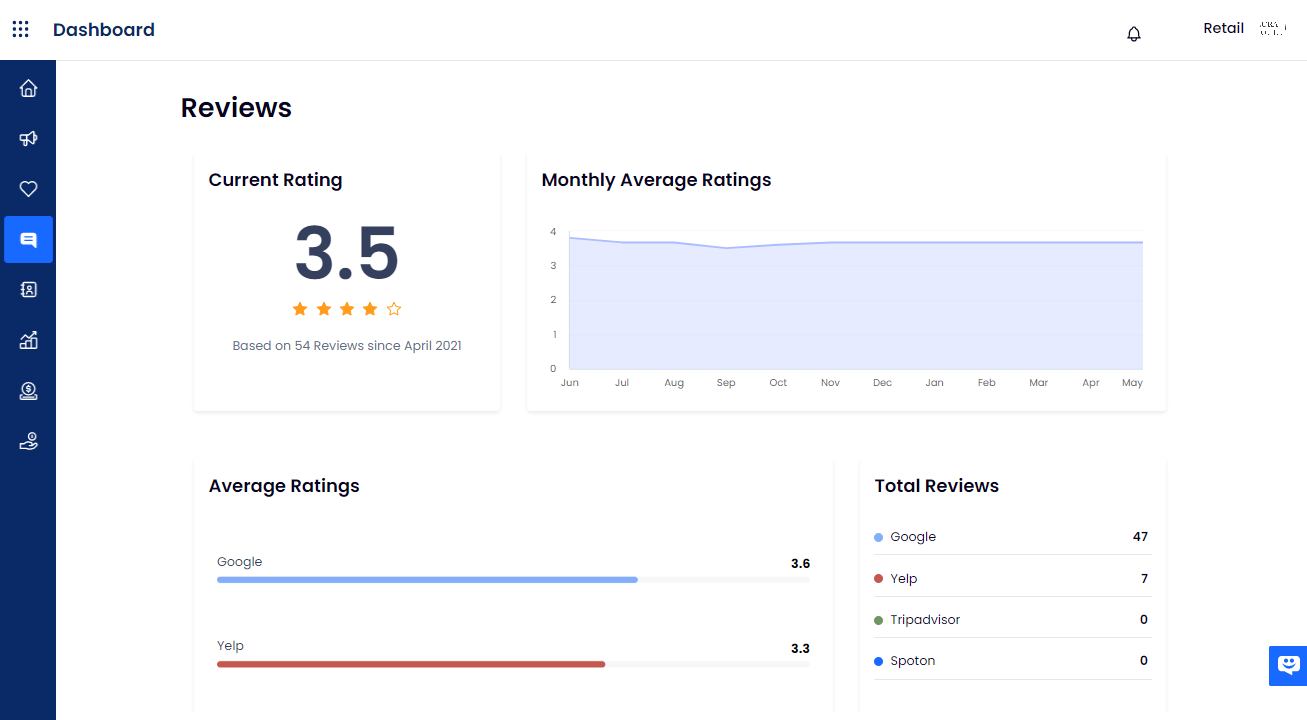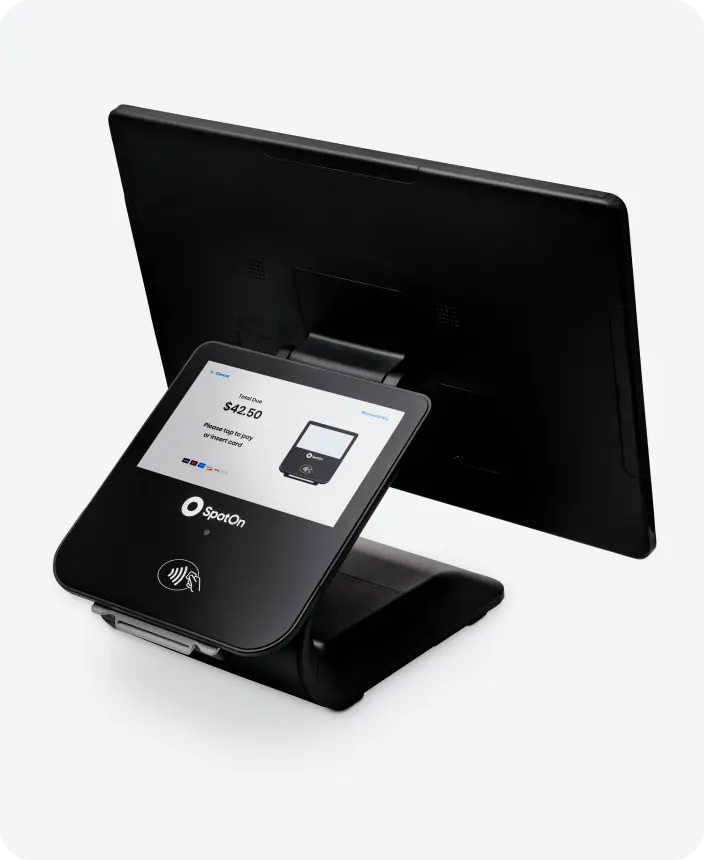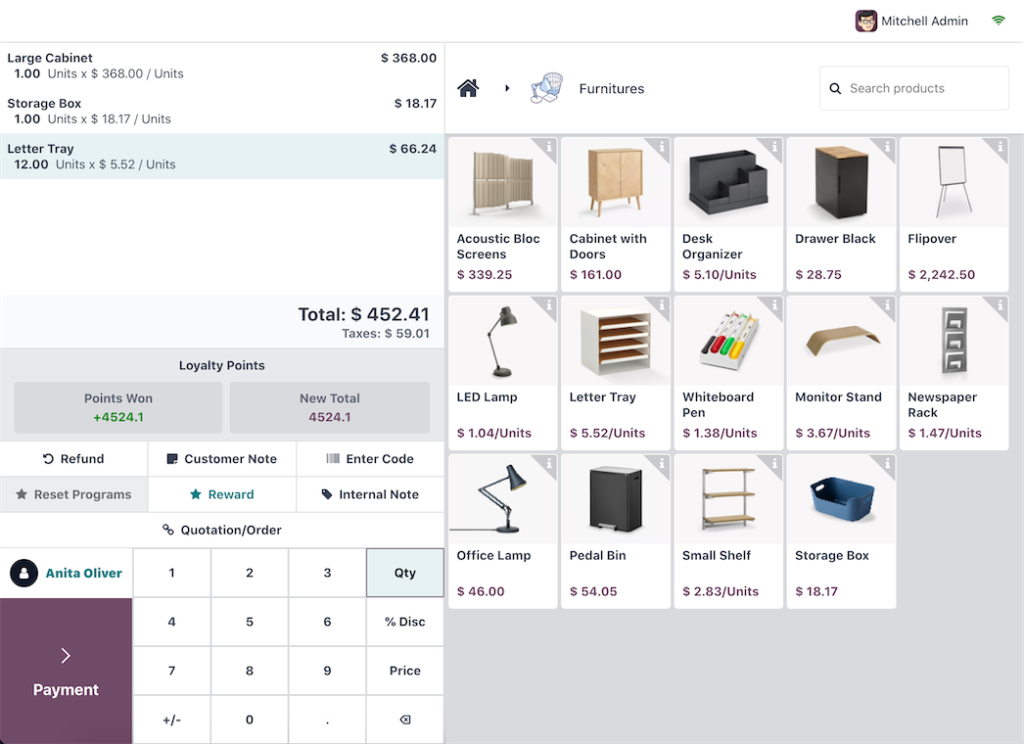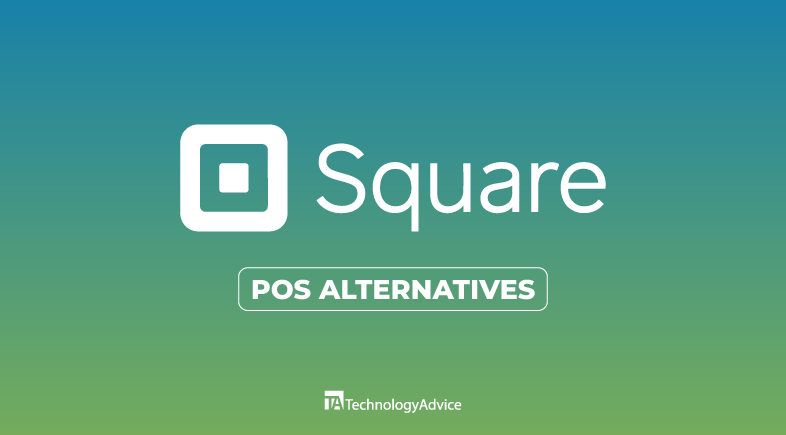Point-of-sale (POS) systems are arguably the most important part of running a business. Luckily, there are many free POS options on the market, including all the tools you need to get your business off the ground and running successfully.
In this guide, I evaluated the top free POS systems on the market, scoring them based on dozens of factors, including usability, features (and limitations), and integration. The best free POS systems should have all the basic tools you expect from a POS system—inventory management, payment processing, omnichannel integrations, CRM tools, staff management, and reporting—plus plans and paid features to continue to support you as you grow. Based on our evaluation, the top free POS systems are:
Expert Tip
If you’re looking for more POS options for running your business, check out our guides to the Best Restaurant POS Systems and the Top Retail POS Systems for 2024.
Standout Free Features
Payment Processing Fees
Upfront Costs

Square
- Online store
- Unlimited locations and inventory
- Variant tracking
- In-person: 2.6% + 10 cents
- Online: 2.9% + 30 cents
None

Loyverse
- Multilocation management
- Loyalty program
- Inventory management
Depends on payment processor
Must purchase card reader to accept payments (starting at $40)

Helcim
- Interchange-plus pricing
- Online ordering
- Invoicing
- In-person: 0.15%-0.40% + 6-8 cents
- Online: 0.15%-0.5% + 15-25 cents
None (if using tap to pay)

Toast
- Menu management
- Order and table management
- Delivery and takeout management
- 3.09%-3.69% +15 cents
None (if pay-as-you-go)

SpotOn
- Full POS hardware setup
- Menu and table management
- Review management
- 2.89% +25 cents
None

Odoo
- Inventory management
- Customer loyalty
- Product variants
Depends on payment processor
None (if using tap to pay)

Square: Best overall free POS system
Overall Score
4.67/5
Pricing
5/5
Features and limitations
4.75/5
Usability
4.69/5
Integration and compatibility
4.38/5
Security and reliability
4.58/5
User scores
4.63/5
Pros
- Retail, restaurants, and appointment-specific POS solutions
- No hardware needed to start selling
- Competitive flat-rate processing
- Free online store
Cons
- Limited customer service hours
- Limited reporting tools in free plan
- Loyalty program is an add-on
- No TikTok or Shopify integrations
Why I chose Square
Square is the leader in the small business point-of-sale market, with free industry-specific POS software for retailers, restaurants, and appointment-based businesses. I like its flexibility, as each of Square’s three POS systems starts out completely free, providing tools for inventory management, CRM, payment processing, an online store, and industry-specific features to help your business thrive.
As your business grows, Square offers Plus and Premium plans with advanced and custom features to support your operations. Square also supports several integrations with third-party tools but prioritizes in-house solutions with add-on tools for loyalty programs, SMS marketing, and gift cards, to name a few, which can be added to any POS plan for as little as $15 per month.
Square cannot be beat when it comes to what it offers for a $0 monthly fee. With mobile compatibility that requires no additional hardware, industry-specific tools, plans to support your growth so you never have to change POS providers, and some of the best customer reviews out there—it’s no wonder Square landed at the top of our list.

Loyverse: Best free POS for grocers and markets
Overall Score
4.39/5
Pricing
4.17/5
Features and limitations
3.75/5
Usability
4.69/5
Integration and compatibility
4.38/5
Security and reliability
4.58/5
User scores
4.77/5
Pros
- Customizable checkout screen
- Weight tracking and weight barcodes
- Add thousands of inventory items at a time via bulk imports
- Includes loyalty program, customer display, and a KDS
Cons
- No e-commerce integration in the free plan
- Integrations require payment
- Paid subscribers get priority for customer support
- Must purchase a card reader to accept payments
Why I chose Loyverse
Loyverse POS is completely free and includes essential tools like multistore management, sales reporting, basic inventory management, and a loyalty program. I find its flexibility appealing, as instead of tiered plans, Loyverse offers add-on tools so you can pay only for the features you need. These include advanced inventory management, employee management, and integrations with e-commerce and marketing platforms.
Loyverse is particularly suited for grocers and food sellers, offering features like weight barcodes, portable scanning through its app, a customizable checkout screen, and bulk inventory management. This combination of affordability and tailored tools makes it a strong choice for small businesses seeking an adaptable POS solution.

Helcim: Best for low processing fees
Overall Score
4.33/5
Pricing
4.58/5
Features and limitations
4/5
Usability
4.38/5
Integration and compatibility
4.38/5
Security and reliability
4.58/5
User scores
4.07/5
Pros
- Interchange-plus payment processing rates
- Invoicing tools
- Can accept payments with a compatible iPhone
- Free online store
Cons
- No advanced POS features
- No marketing tools
- Limited integration options
Why I chose Helcim
Helcim stands out for its affordable interchange-plus pricing with volume discounts and a free POS system, making it a cost-effective choice for small businesses and professional service providers. Unlike other POS systems on the list, such as Square or Toast, Helcim doesn’t offer advanced industry-specific POS features. However, it provides essential tools like invoicing, subscription management, a free online store, basic inventory management, and reporting.
I think Helcim’s tools and features are good for professional service businesses, offering PCI compliance, recurring billing, and integrations designed for industries like law and contracting. While its POS tools are less robust than others, Helcim excels in meeting the needs of service-based businesses with straightforward and affordable solutions. It even has tap to pay on iPhone so any business only needs to have a compatible device to start accepting in-person payments.

Toast: Best for growing restaurants
Overall Score
4.26/5
Pricing
4.17/5
Features and limitations
4.5/5
Usability
4.38/5
Integration and compatibility
3.75/5
Security and reliability
4.58/5
User scores
4.2/5
Pros
- No upfront fees for industry-grade hardware
- Menu management, table management, and digital menu tools
- Includes restaurant-specific reporting
Cons
- Online ordering not included
- High processing fees if you don’t pay for hardware upfront
- No mobile POS app; must operate POS on proprietary hardware
Why I chose Toast
Toast is the best free POS system for growing restaurants, offering tools like menu management, table management, digital menus, invoicing, and access to high-quality restaurant-grade hardware. Unlike other providers, Toast allows businesses to opt for a pay-as-you-go hardware plan, letting you pay higher processing fees instead of an upfront hardware cost—an advantage for restaurants looking to minimize upfront costs.
I think Toast’s $0 upfront cost is a good option without sacrificing essential functionality. Compared to other providers, it’s the only one to include industry-grade hardware in its free plan, making it a standout choice for restaurants. While the free software has limitations and higher processing fees, Toast offers affordable upgrades that grow with your business, providing flexibility and value for scaling operations.

SpotOn: Best for small new restaurants
Overall Score
4.23/5
Pricing
4.58/5
Features and limitations
4.5/5
Usability
4.06/5
Integration and compatibility
3.75/5
Security and reliability
4.17/5
User scores
4.33/5
Pros
- Base restaurant plan includes hardware
- Marketing, reporting, and review management
- Table layout and menu management
Cons
- Small business plans have monthly fees
- Other restaurant-specific features are only available on higher plans
- Add-on fee for additional employee
Why I chose SpotOn
SpotOn stands out for being a fully functional restaurant POS system with excellent employee management, loyalty functions, affordable payment processing, and industry-grade hardware. Among the POS systems in this guide, I would put it head-to-head with Toast. While Toast includes better and more comprehensive restaurant-specific tools, SpotOn has cheaper payment processing fees, making it a better option for smaller restaurants with simpler operations.
I also like that it has 24/7 customer support and all its plans come with setup assistance. Its no-monthly-fee baseline plan includes software and hardware already so new and small businesses can easily start accepting payments without any upfront costs.

Odoo: Best for customizations
Overall Score
4.18/5
Pricing
4.58/5
Features and limitations
3.25/5
Usability
4.06/5
Integration and compatibility
4.38/5
Security and reliability
4.58/5
User scores
4.2/5
Pros
- Modular system with other Odoo apps
- Wide payment terminal options
- Customizable interface
Cons
- Paid addons
- Limited customer support
- Best suited for the Odoo ecosystem
Why I chose Odoo
Odoo is known for its modular system, which easily integrates with other Odoo apps like accounting, inventory, and CRM, making it a highly customizable solution for businesses that want an all-in-one ecosystem. It works with a wide range of payment terminals from Stripe, Adyen, Ingenico, and Razor, among others.
While Odoo’s POS may lack the extensive customer support and advanced industry-specific tools offered by others on this list, its flexibility and customization options make it ideal for businesses that need tailored solutions. The open-source nature of Odoo also provides unparalleled freedom to adapt the system to unique needs, which is a significant advantage over more rigid, pre-built POS systems.
Features a free POS should include
While free POS systems won’t include the most advanced functionality, there are several features you should look for. Read through the list below to see exactly what you can expect from a free POS system.
- Inventory management: The best free POS solutions will include inventory management tools, with unlimited inventory items, real-time tracking, and barcode scanning.
- Customer management tools: You should expect a number of free CRM tools, including a customer directory, the ability to add customers to your transactions, and, in the best cases, loyalty programs and marketing tools.
- Payment processing: All POS systems should include free integrated payment processing either via an in-house solution or a free integration. There should be no limitations on the types of payment methods you can process, and the best POS systems will also offer free customer financing integrations via services like Afterpay or Klarna.
- Accompanying POS app: To ensure you can take your business on the go and access your POS from anywhere, the POS provider should have an accompanying POS app that you can download to your personal device.
- Sales channel integrations: Ensure you can streamline your sales across all your channels, like online ordering platforms, marketplaces, and social platforms, with omnichannel sales integrations.
- Staff permissions and logins: While you can’t expect payroll and schedule management in a free POS solution, you should be able to set access permissions and individual logins for your staff to protect your settings and information.
- Industry-specific tools: If you are looking at POS systems that market to specific industries, like retail, restaurants, service businesses, etc., you should expect a number of industry-specific tools that are essential to the success of your specific business type.
Choosing the right free POS
Point-of-sale systems can cost hundreds of dollars each month, but, as we learned here, they don’t have to—and you don’t have to sacrifice functionality in the process. There are many great free POS options on the market—from Square, with its industry-specific POS options with plans to support you as you grow, to Loyverse, a perfect fit for grocers and markets who are just getting off the ground.
Toast is an ideal solution for growing restaurants with its comprehensive restaurant-specific tools. For those prioritizing low ongoing costs, Helcim offers interchange-plus pricing with its free POS. New and small restaurants will find SpotOn’s zero upfront costs a great match with its restaurant-specific tools. If you’re looking for a customizable solution that gives you more control over your system, Odoo POS is our recommended option.
If you are looking to start a small business and want to save on costs, the POS market offers a wide range of highly functional, free POS solutions.







